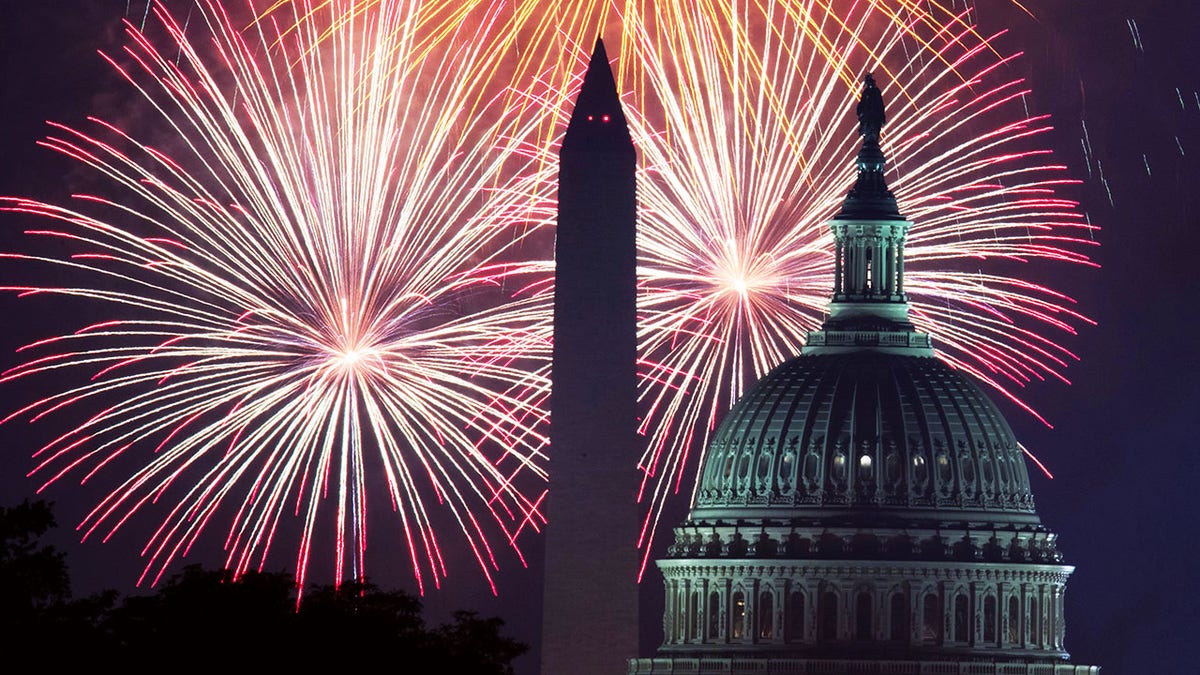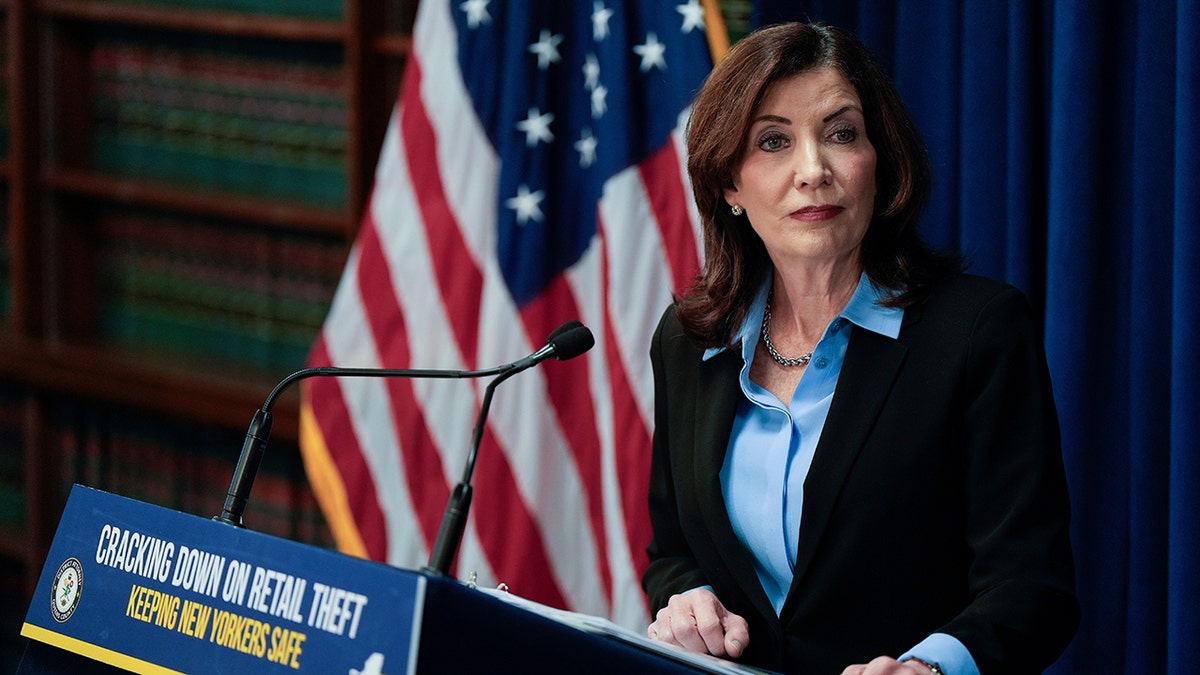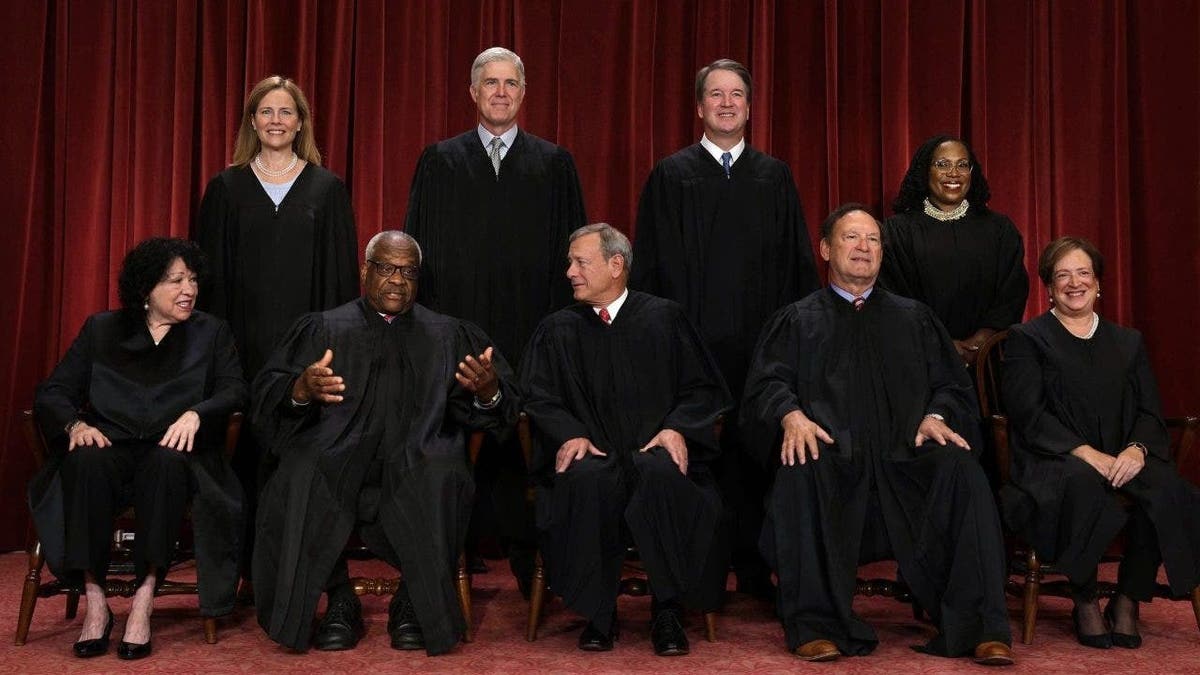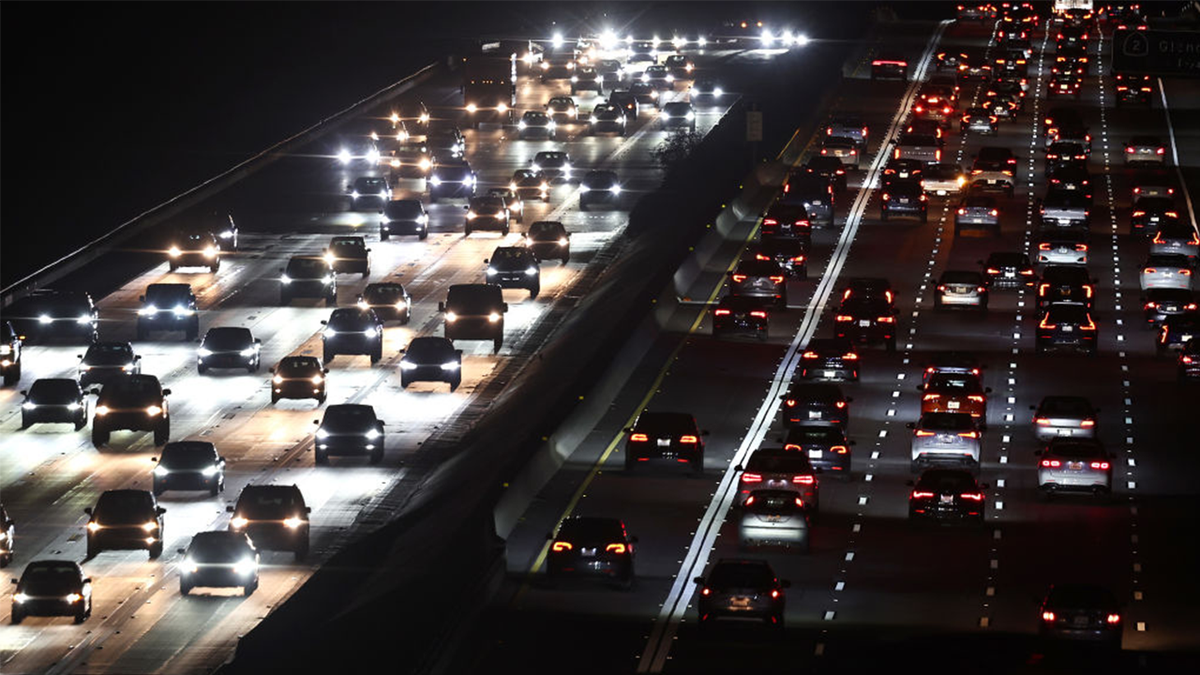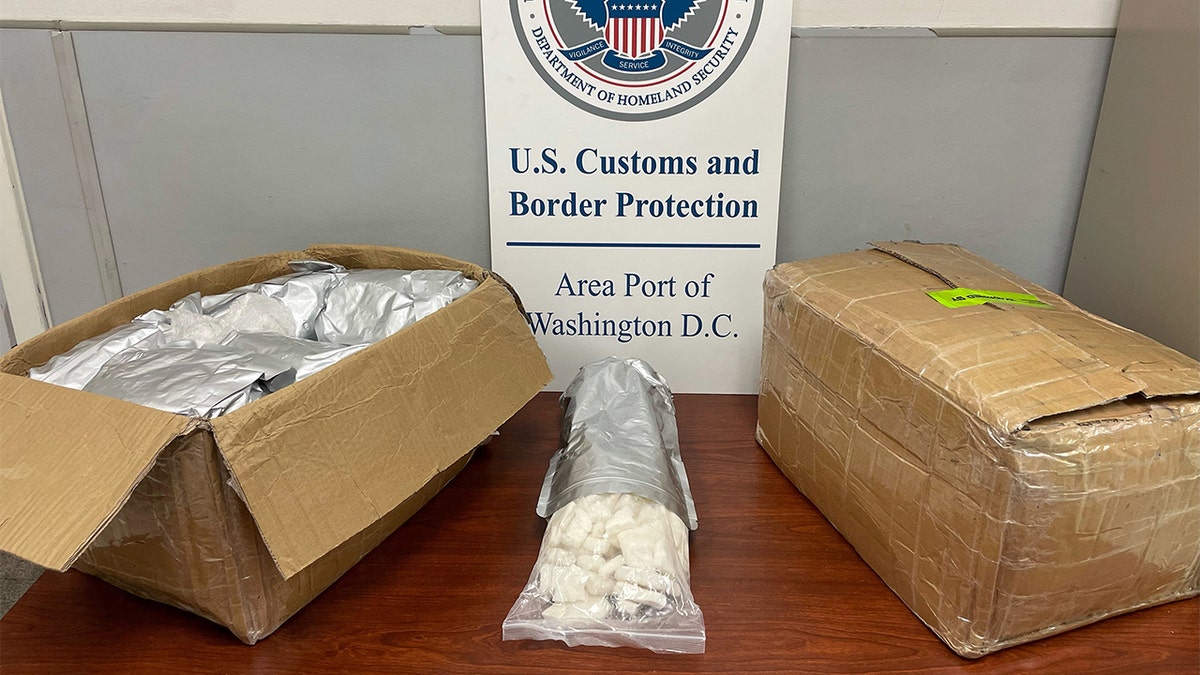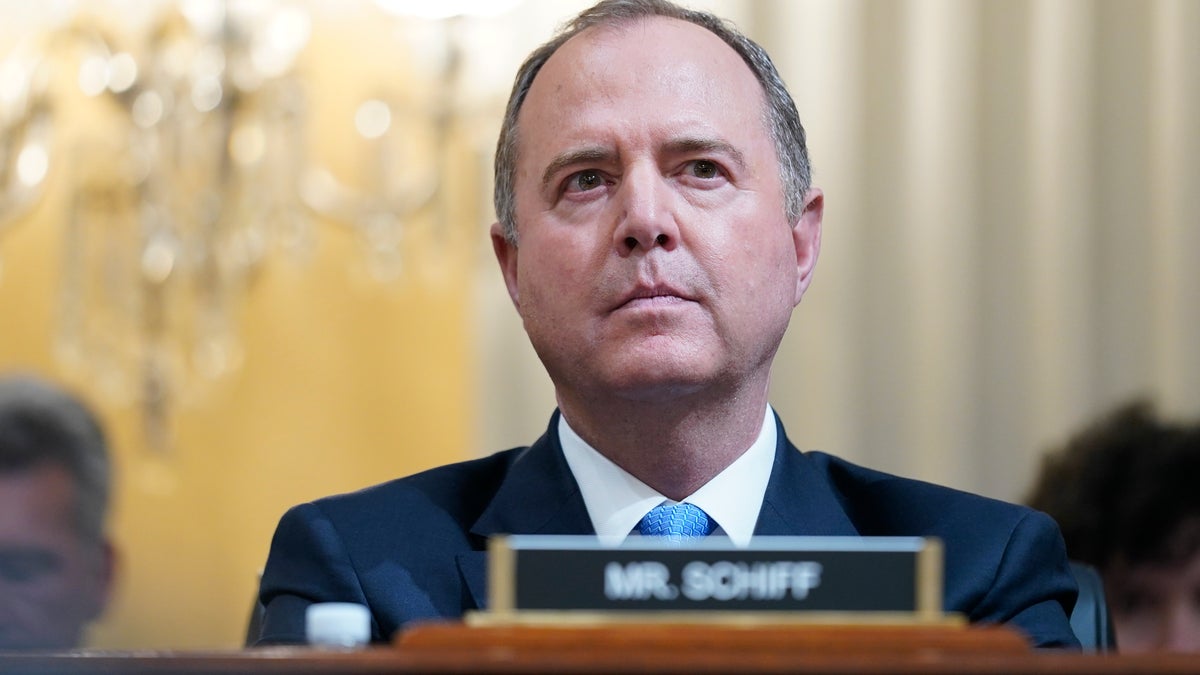As America gears up for its annual Independence Day festivities, a conversation has sparked regarding the environmental impact of fireworks. A recent Washington Post article highlighted the contribution of fireworks to air pollution, particularly in the wake of recent wildfires. The article, authored by climate reporters Kasha Patel and Kate Selig, pointed out that July 4th often ranks as the most polluted day of the year in numerous locations across the U.S. due to fireworks displays.
The reporters compared the resulting air pollution to the haze experienced on the East Coast due to the Canadian wildfires earlier this year. These wildfires, as FOX Weather previously reported, led to record-breaking poor air quality in cities like New York.

The potential for increased air pollution has prompted discussions about alternative ways to celebrate Independence Day. Bill Magavern, policy director for the Coalition for Clean Air, suggested exploring cleaner options, particularly in areas already struggling with air quality issues. This sentiment echoes recent actions taken by organizations like the Los Angeles Regional Water Quality Control Board, which implemented stricter permitting for firework displays to minimize pollutants entering water bodies. Consequently, several shows were canceled due to non-compliance.
Furthermore, the U.S. Forest Service in New Mexico has recommended alternatives to traditional fireworks, such as glow sticks and noisemakers, citing the increased risk of wildfires during the holiday week. This recommendation, however, faced criticism from some environmental groups who pointed out the potential harm associated with certain alternatives like aerosols.
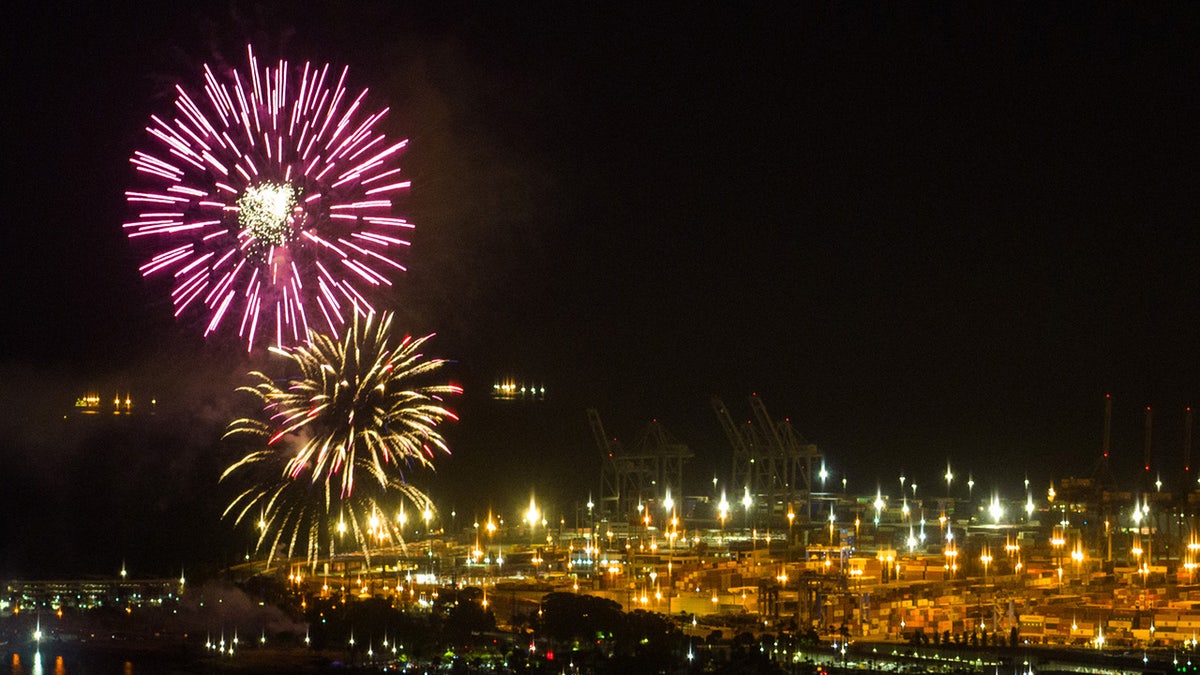
The Washington Post further noted that a significant portion of fireworks pollution originates from private displays rather than large public events. Studies also indicate that communities with larger Hispanic populations experience disproportionately higher levels of particulate pollution from fireworks.
Jun Wu, an environmental health scientist at the University of California, emphasized the importance of understanding the various costs associated with fireworks, including financial, health-related, and environmental impacts.
